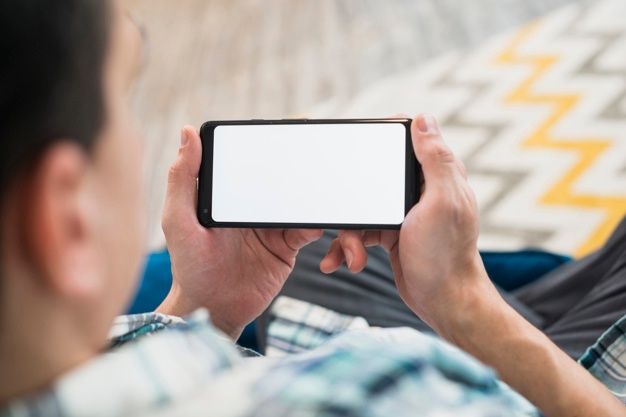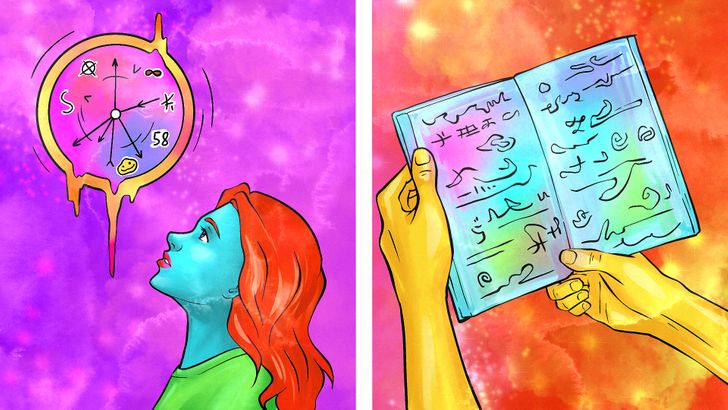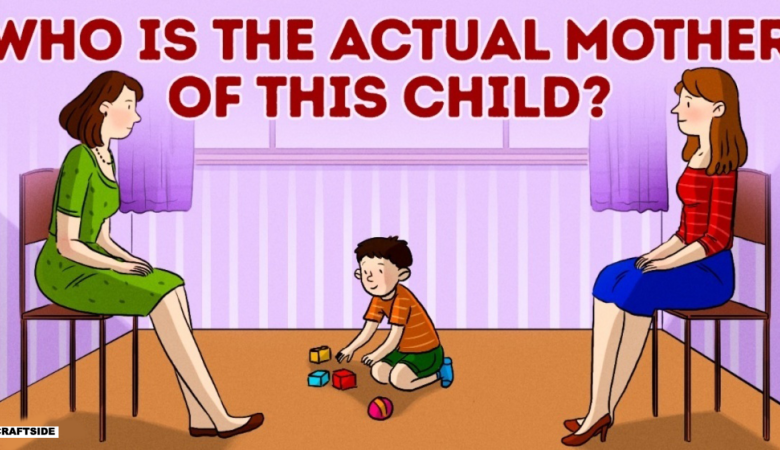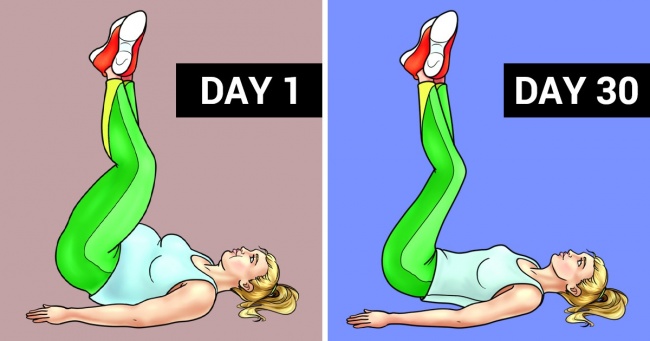Dreams have long fascinated humanity, serving as a window into our subconscious minds. While they often feel vivid and lifelike, there are certain limitations to what we can experience within them. Psychologists and neuroscientists have identified specific activities that most people simply cannot perform in their dreams, no matter how realistic or immersive the dream may seem. Understanding these boundaries not only sheds light on the workings of the human brain but also provides insight into why dreams behave the way they do. Let’s explore five common things we can’t do in our dreams and the science behind them.
Things You Can’t Do in Dreams
Seeing Smartphones Clearly: Why Technology Fails in Dreams

One of the most intriguing findings about dreams is that many people report being unable to see smartphones clearly—or use them effectively—while dreaming. This phenomenon has become increasingly relevant in today’s digital age, where smartphones play a central role in daily life.
The Science Behind It
Dreams are generated by the brain’s visual cortex, which creates images based on memory and imagination rather than external stimuli. However, smartphones rely heavily on fine details like text, buttons, and icons, which require precise visual processing. Since the brain struggles to replicate such intricate details during REM sleep (the stage when most dreaming occurs), smartphones often appear blurry, distorted, or unusable in dreams.
A study published in Frontiers in Psychology explains that the brain prioritizes broader sensory experiences over minute details during sleep, making it difficult to interact with complex objects like smartphones.
Real-Life Implications
This limitation highlights how deeply ingrained modern technology is in our waking lives—and how disconnected we are from it during sleep. If you’ve ever dreamed of checking your phone only to find the screen blank or unreadable, you’re not alone!
Writing, Reading, or Actually Speaking: Communication Breakdown in Dreams

Another surprising restriction in dreams is the inability to write, read, or engage in coherent verbal communication. Many individuals report attempting these tasks in their dreams, only to realize later that the words made no sense or were completely absent.
Why Does This Happen?
During REM sleep, the part of the brain responsible for logical reasoning and language processing—the prefrontal cortex—is less active. As a result, tasks requiring critical thinking, grammar, or comprehension become nearly impossible. For example, if you try to read a book in a dream, the text might change randomly or appear nonsensical. Similarly, conversations in dreams often lack coherence because the brain isn’t fully equipped to generate meaningful dialogue.
According to research from Scientific American , this breakdown in linguistic abilities reflects the reduced functionality of higher-order cognitive processes during sleep.
What About Speaking?
While some people claim to “talk” in their dreams, psychologists argue that actual speech production is rare. Instead, dreamers typically perceive themselves speaking without producing audible sounds or forming complete sentences.
Meeting Complete Strangers: Familiar Faces Dominate Dreamscapes

Have you ever noticed that the characters in your dreams usually resemble people you already know? Psychologists suggest that meeting completely unfamiliar individuals in dreams is extremely uncommon.
The Role of Memory in Dreams
Dreams draw heavily from personal memories, emotions, and past experiences. Even when a character appears unfamiliar at first glance, closer examination often reveals traits borrowed from someone in your real-life social circle. The brain struggles to invent entirely new faces or personalities because it relies on stored information to construct dream scenarios.
An article in Psychology Today explains that the hippocampus—a region of the brain involved in memory consolidation—plays a key role in shaping dream content. Without access to novel data, the brain defaults to familiar templates.
Exceptions to the Rule
Occasionally, dreams may feature composite characters who combine features of multiple acquaintances. However, true strangers remain elusive, reinforcing the idea that dreams are deeply rooted in personal history.
Performing Physical Activities: Running, Jumping, and Flying Aren’t Always Smooth

Dreams frequently involve physical actions like running, jumping, or even flying. However, these movements rarely feel natural or effortless. Many people describe feeling sluggish, weighed down, or unable to move properly during physically demanding dream sequences.
The Paradox of Lucid Movement
In lucid dreams—where the dreamer is aware they’re dreaming—individuals sometimes attempt to control their movements. Despite this awareness, executing precise motions like sprinting or climbing can still prove challenging. This difficulty stems from the fact that the body is paralyzed during REM sleep to prevent acting out dreams, leaving the mind to simulate movement without physical feedback.
Research cited by National Geographic indicates that the motor cortex, which controls voluntary movement, operates at a diminished capacity during sleep. This limitation explains why physical feats in dreams often feel awkward or incomplete.
Flying: A Unique Exception
Interestingly, flying is one of the few physical activities that feels relatively fluid in dreams. Experts believe this sensation arises from the brain’s ability to bypass realistic constraints, creating an exhilarating sense of freedom.
Looking at Ourselves in the Mirror: Distorted Reflections Reveal Inner Truths

Mirrors hold a special place in dream symbolism, yet looking at oneself in a dream mirror often leads to bizarre or unsettling results. Instead of reflecting an accurate image, mirrors in dreams tend to distort facial features, alter expressions, or reveal hidden aspects of the dreamer’s psyche.
Symbolism vs. Reality
From a psychological perspective, mirrors in dreams represent self-reflection and introspection. When the reflection appears distorted, it may signify unresolved emotions, insecurities, or fears. According to DreamsCloud , a platform dedicated to dream interpretation, these distortions serve as metaphors for how we perceive ourselves versus how others see us.
Neurological Explanations
On a neurological level, the brain struggles to create stable, detailed images of the self during sleep. Because mirrors require perfect symmetry and clarity, the visual system falters under the demands of REM sleep, resulting in surreal or fragmented reflections.
Final Thoughts: Unlocking the Mysteries of Dreams
Understanding what we can and cannot do in our dreams offers valuable insights into the complexities of the human mind. From struggling to read text to encountering distorted mirror images, these limitations highlight the interplay between memory, emotion, and cognition during sleep. By paying attention to recurring themes and patterns in your dreams, you can gain deeper self-awareness and potentially address underlying issues affecting your waking life.
Next time you drift off to sleep, take note of any challenges you encounter in your dreams. They might just reveal something profound about your inner world.
For further exploration of dream psychology, visit resources like Sleep Foundation and American Psychological Association . Happy dreaming!









Leave a Reply